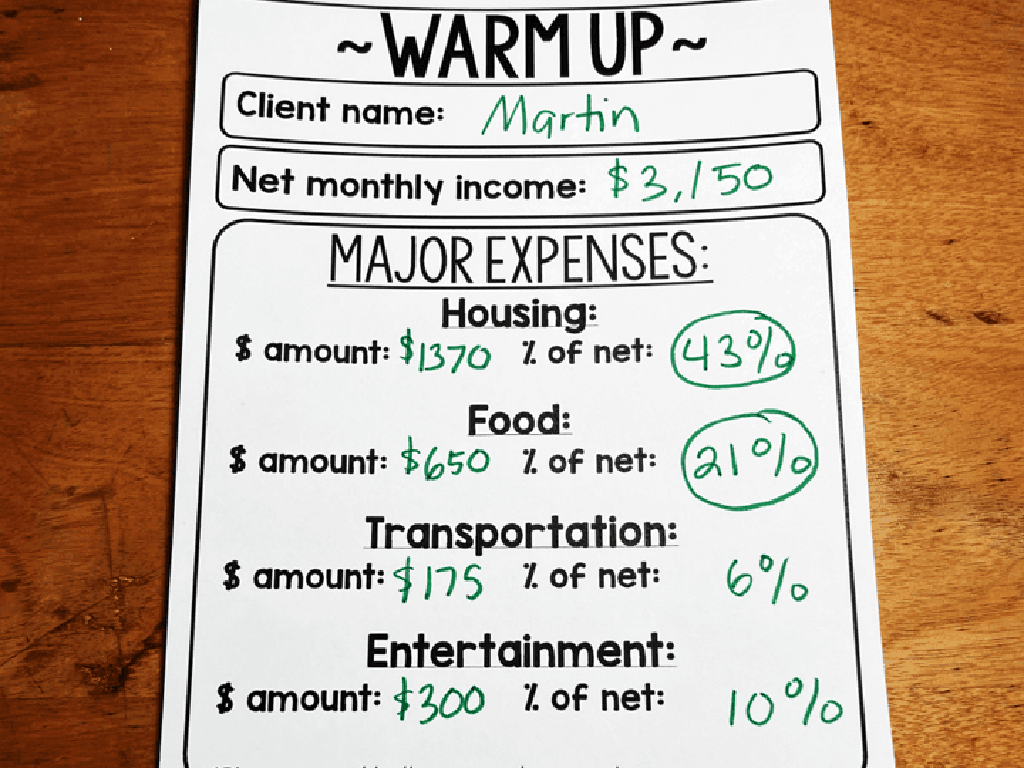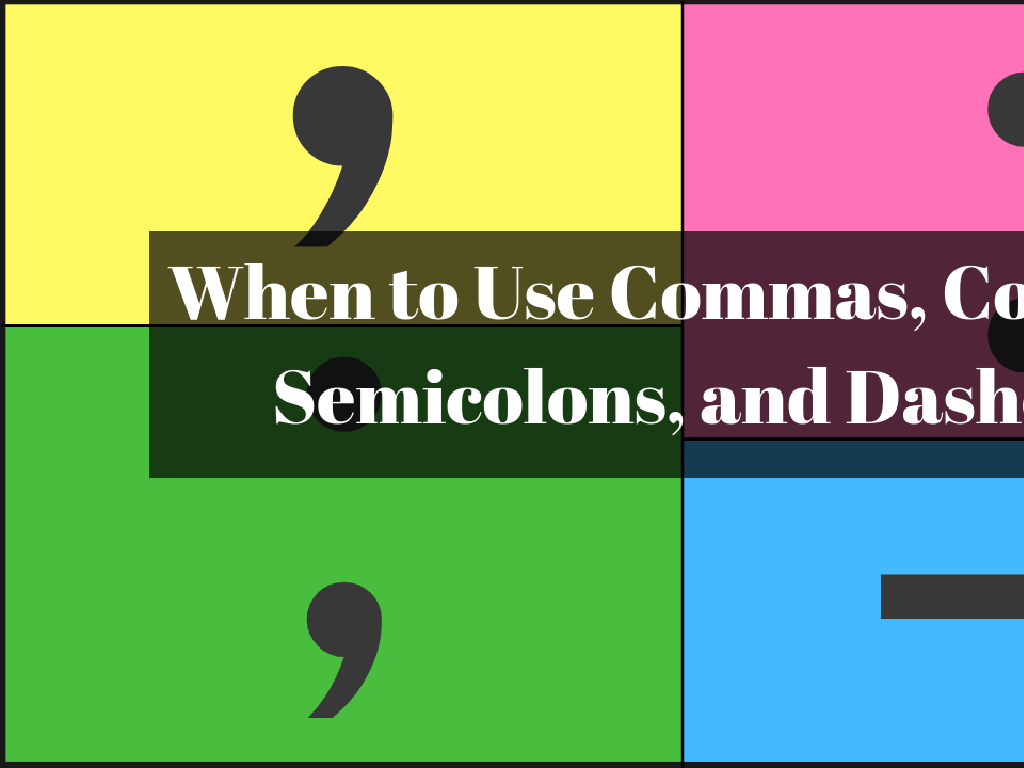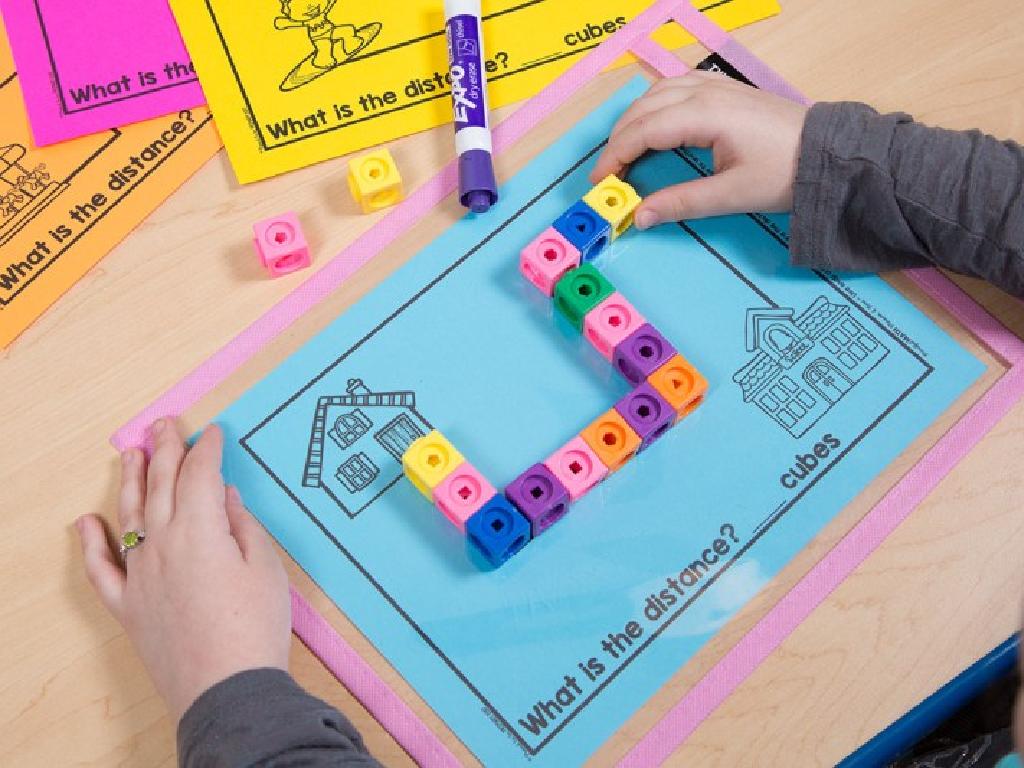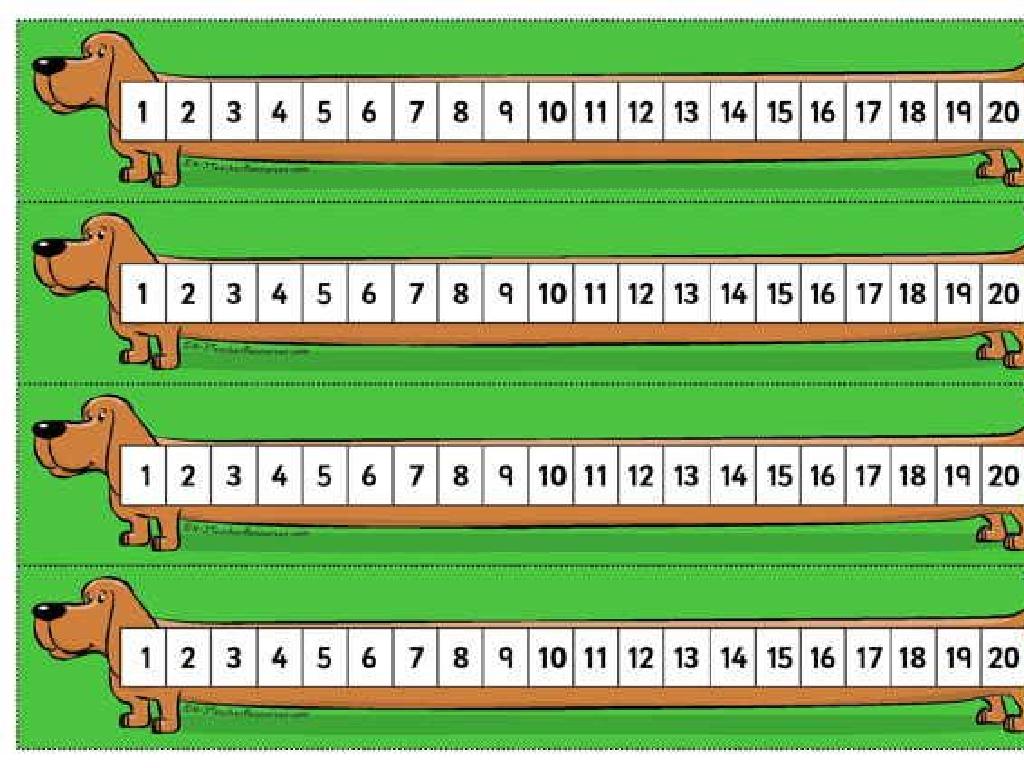Commas With Direct Addresses, Introductory Words, Interjections, And Interrupters
Subject: Language arts
Grade: Seventh grade
Topic: Commas
Please LOG IN to download the presentation. Access is available to registered users only.
View More Content
Mastering Commas in Language Arts
– Comprehend the role of commas
– Commas organize sentences for clarity
– Commas with direct addresses
– Use commas to address someone directly, e.g., ‘Wait, John, where are you going?’
– Commas with introductory elements
– Place a comma after introductory words, e.g., ‘Yes, I will be there.’
– Commas with interjections and interrupters
– Separate interjections and interrupters with commas for emphasis, e.g., ‘Wow, that s amazing!’ or ‘The answer, however, was incorrect.’
|
This slide introduces the importance of commas in writing and how they can change the meaning of sentences. It’s crucial for students to understand that commas are not just arbitrary marks but essential tools for clear communication. Direct addresses require commas to separate the name being addressed from the rest of the sentence. Introductory words set the stage for the main clause and often need a comma for separation. Interjections express emotion and are typically followed by a comma. Interrupters break the flow of the sentence to insert additional information and should be enclosed by commas. Provide examples for each case and encourage students to create sentences using these comma rules.
The Role of Commas in Writing
– Comma: a pause in sentences
– Think of it as a signal to take a brief breath when reading aloud.
– Clarifies sentence meaning
– Without commas, sentences can be confusing or misleading.
– Influences tone and flow
– Commas can add drama or emphasis to your sentences.
– Essential for clear writing
|
This slide introduces the comma as a fundamental element of English grammar, essential for clear and effective writing. A comma signifies a short pause in a sentence, which can be helpful when reading aloud. It plays a crucial role in clarifying the meaning of sentences, preventing misinterpretation. Commas also affect the tone and rhythm of writing, allowing writers to create emphasis and convey emotions more effectively. Understanding the use of commas is key to mastering written communication. Instruct students to practice using commas in different sentences and observe how their inclusion or omission can change the meaning or impact of a statement.
Using Commas for Direct Addresses
– Understanding direct address
– Direct address is when you talk directly to someone, like a friend.
– Commas signal who we’re speaking to
– The comma before the name shows who the sentence is for.
– Example: Using a name in a sentence
– ‘Lisa, can you help me with this problem?’ shows the comma in action.
– Practice: Write sentences with direct address
|
This slide introduces the concept of direct address and the use of commas to clearly indicate it. Direct address occurs when we speak directly to someone, and it’s important to use a comma to separate the person’s name or title from the rest of the sentence. This helps avoid confusion and clarifies who is being addressed. The example provided should be dissected to show the placement of the comma before the name. For practice, students should create their own sentences using direct addresses, ensuring they place commas correctly. This exercise will reinforce their understanding and help them apply the rule in their writing.
Commas and Introductory Words
– Introductory words begin sentences
– Followed by a comma
– Example: ‘Well, I never thought I’d see the day.’
– ‘Well’ is the introductory word followed by a comma
– Practice identifying them
– Find introductory words in provided sentences
|
This slide introduces the concept of using commas after introductory words in sentences. Introductory words like ‘well,’ ‘yes,’ and ‘no’ often start sentences and are followed by a comma to separate them from the main clause. Provide students with examples and ask them to identify the introductory words and the commas that follow. Encourage them to explain why the comma is necessary and how it affects the reading of the sentence. For practice, students should work with a list of sentences, identifying and marking the introductory words and commas. This exercise will help reinforce their understanding of the rule and its application in writing.
Commas and Interjections
– Interjections show emotion
– Words like ‘Oh’, ‘Wow’, express feelings
– Follow with comma or exclamation
– Example: ‘Oh, I didn’t realize…’
– ‘Oh, I didn’t realize you were here.’ shows surprise
– Interjections can vary in strength
– ‘Wow!’ or ‘Alas,’ are examples of strong and mild
|
This slide introduces the concept of interjections and their punctuation with commas in writing. Interjections are words or phrases that express emotion and are often followed by a comma when the emotion is mild or an exclamation point when it is strong. Provide students with examples of interjections to illustrate how they can change the tone of a sentence. Discuss the difference between strong interjections that stand alone with an exclamation point and mild ones that are part of a sentence, followed by a comma. Encourage students to practice punctuating interjections correctly and to consider how the choice of punctuation affects the reader’s understanding of the emotion being expressed.
Commas and Interrupters
– Interrupters break sentence flow
– Set off by commas
– Can be phrases or clauses
– Example: ‘Your assignment, as you know, is due tomorrow.’
– ‘as you know’ is the interrupter, adding extra information
|
Interrupters are words, phrases, or clauses that break the flow of a sentence to insert additional information or an aside without changing the sentence’s main point. They are always set off by commas to indicate the pause and separation from the rest of the sentence. Teach students to recognize interrupters and use commas correctly to avoid confusion. Have students practice by identifying interrupters in sentences and creating their own examples. Emphasize that the sentence should make sense even if the interrupter is removed.
Let’s Practice Commas!
– Identify commas in sentences
– Create sentences with commas
– Craft sentences using commas for direct addresses, introductory words, interjections, and interrupters.
– Use direct addresses and more
– Share with the class
– Be ready to explain why you placed commas where you did.
|
This slide is for a class activity focused on the practical application of comma rules. Students will first work on identifying where commas should be placed in provided sentences. Then, they will create their own sentences that include direct addresses, introductory words, interjections, and interrupters, using commas appropriately. Finally, they will share their sentences with the class, fostering a collaborative learning environment. As a teacher, prepare to guide them through the rules and provide feedback on their sentences. Offer examples like ‘Wow, that’s a huge dog!’ or ‘Yes, I would love some more tea, thank you.’ Encourage creativity and ensure that students understand the rationale behind comma placement in each case.
Class Activity: Comma Hunt
– Pair up and choose reading material
– Find examples of commas in use
– Look for direct addresses, introductory words, interjections, and interrupters
– Mark examples with sticky notes
– Present your comma discoveries
|
This activity is designed to reinforce the students’ understanding of comma usage in direct addresses, introductory words, interjections, and interrupters. Students will work in pairs to encourage collaboration. They should choose a book or article that they enjoy and search for real-life examples of the comma rules they’ve learned. Instruct them to use sticky notes to mark the sentences where these commas are used. After the hunt, each pair will present their findings to the class, explaining why the commas are used in those instances. This will help students learn from each other and gain a practical understanding of comma usage. Possible variations of the activity could include finding the most unique example, the longest sentence with correct comma usage, or creating a new sentence using the comma rules correctly.
Wrapping Up: Commas & Your Homework
– Recap: Commas clarify meaning
– Homework: Write a short story
– Use commas with direct addresses, introductory words, interjections, and interrupters.
– Include commas for clarity
– Share your story next class
|
As we conclude, remind students of the key role commas play in ensuring clarity and avoiding confusion in writing. For homework, they are to write a creative short story incorporating the comma rules we’ve learned, specifically using commas for direct addresses, introductory elements, interjections, and interrupters. This will help reinforce their understanding through practical application. In the next class, students will have the opportunity to present their stories, which will not only showcase their grasp of comma usage but also enhance their public speaking skills. Provide examples of each comma use case to guide them in their writing.





